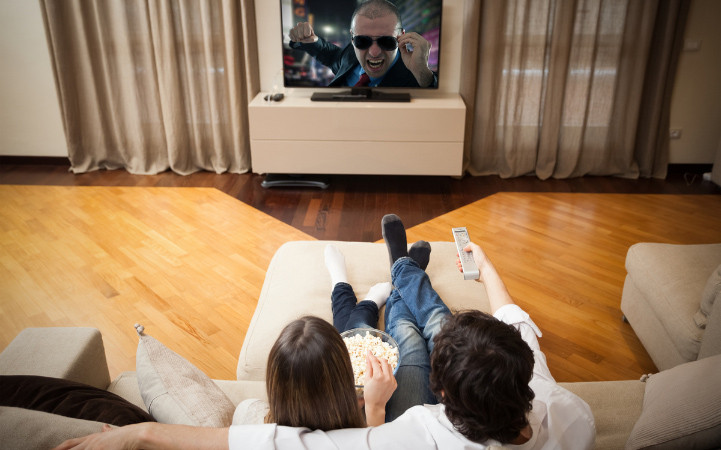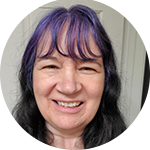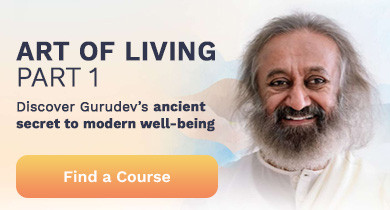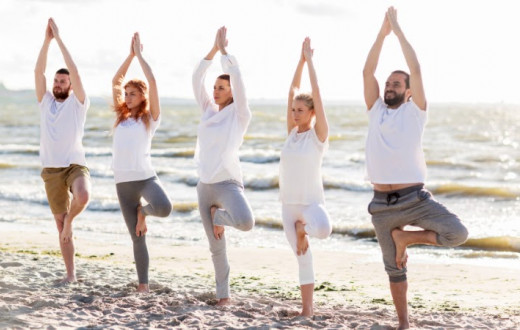
Topics covered
- What is PTSD?
- Types of trauma
- Symptoms and signs
- Triggers
- Risk factors and complications
- Treatments
- Alternative therapies
- A personal perspective
- How to help a loved one (or yourself) with PTSD
- Related articles
What is PTSD?
Unfortunately, the term PTSD is all too familiar these days. Nearly everyone knows someone who suffers from post-traumatic stress disorder to some degree. Understanding PTSD, supporting a loved one, or finding solutions can be complex.
Post-traumatic stress disorder is a mental health condition, often with physical symptoms. PTSD is triggered by either experiencing or witnessing a traumatic event or series of events. These traumatic experiences may affect mental, physical, social, and spiritual well-being.
Types of trauma

A traumatic event could be a natural disaster, unexpected death, accident, mass shooting, physical assault, terrorism, war, torture, sexual assault, intimate partner violence, and bullying.
PTSD symptoms and signs
Symptoms can be both obvious and subtle, or in some cases just subtle. Obvious symptoms may include flashbacks, nightmares, severe anxiety, and suicidal thoughts.
Flashbacks and nightmares of traumatic memories or physical abuse can feel very real as if the traumatic experience is happening again. When these symptoms occur, there is no doubt that trauma has been experienced.
Subtle signs of trauma include:
- Avoidance of people, places, and activities
- Physical pains not connected to the traumatic event
- Depression
- Feeling disconnected
- Being easily startled
- Angry outbursts
- Denying the event happened
- Being reactive to unrelated situations
- Unexplained fears
- Difficulty concentrating
- Trouble sleeping
Children and PTSD
Children can have symptoms similar to adults, but they might be missed or discounted since some of their behavioral symptoms are normal for growing up. However, it’s important to note that sudden changes in behavior definitely warrant a closer look.
Triggers

- Loud noises
- Flashing lights
- Watching TV/movies with similar situations depicted
- Remembering or discussing past events
- People who look similar to an abuser or attacker
- Being near the place where the trauma occurred
- Any significant stressful event
Risk factors and complications
Preventing PTSD is possible, even after the traumatic event. Getting enough support after the event can lower the chance of having symptoms, especially severe ones. Using alternative therapies and early interventions can also be very beneficial.
There are however some complicating risk factors that will likely increase symptoms.
- History of mental health issues
- Pre-existing anxiety disorder
- Drug and alcohol use
Professions with a high risk of PTSD
Some jobs increase your risk of traumatic events and post-traumatic stress disorder.
- Law enforcement
- Firefighters
- EMTs
- Military
- First responders
- Journalists
Treatments

Traditional treatments include cognitive behavioral therapy, cognitive processing therapy, prolonged exposure therapy, eye movement desensitization, group therapy, and medication. However, many doctors are open to adding alternative therapies to traditional treatments.
Alternative therapies
Complementary and alternative therapies for treating PTSD include acupuncture, Chinese herbal medicines, meditation, yoga, and deep-breathing exercises. Other options include mind-body therapy, moxibustion, and tai chi. Many doctors are open to adding alternative therapies to traditional treatments.
The Art of Living has four therapies that help people with post-traumatic stress disorder. The last method is the most effective. Using all four in conjunction will give the maximum relief.
Note: These therapies can also prevent PTSD symptoms from occurring.
Breathwork
Breathwork doesn’t just work for handling day-to-day stresses. It can be especially helpful for anyone who has experienced traumatic events. In particular, deep breathing techniques can help you cope with the stress from these events.
Bee breath is a powerful technique that can help with many issues, like reducing blood pressure and overthinking. It also calms the mind and can ease insomnia, tension, anger, and anxiety. Bee breath is also known as Bhramari.
Meditation
Meditation can improve your mood, relax your body, and quiet overpowering thoughts. By learning meditation, you can better handle PTSD symptoms and reduce other mental health problems, so you can move forward in life.
Mantra-based meditation
You can learn Sahaj Samadhi, a type of mantra-based meditation, in just two hours a day for three days. A certified teacher will guide you.
Guided meditation
Try a body scan meditation, aka Yoga Nidra, for deep relaxation or even as a sleep aid.
Yoga
Hatha Yoga is the most favorable yoga practice for PTSD. In particular, include these postures:
Note: We do not recommend Kundalini Yoga for anyone experiencing PTSD.
SKY Breath Meditation
This combination of breathwork and meditation has proven to be a powerful force for reducing Post-Traumatic Stress Disorder as well as:
- Reduces stress hormones
- Reduces addictive behaviors
- Enhancing deep sleep
- Significantly decreases clinical and non-clinical depression
- Significantly decreases clinical and non-clinical anxiety
- Healthier blood pressure
- Increases self-esteem
- Increases optimism and joy
Resources
Suicide and Crisis Lifeline (24 hours) If you are having suicidal thoughts call 988.
Project Welcome Home Troops- SKY Resilience Training helps war veterans by providing breath-based tools. These tools reduce chronic and post-traumatic stress, depression, anxiety disorders, and sleep problems. Additionally, they restore well-being, mental focus, and a renewed sense of connection and purpose.
Watch the documentary "Almost Sunrise". It's about two Army Veterans who walked 2700 miles to heal from war. The film also features the SKY Resilience Training.
Read Breathing New Life Into the School Community- After A School Shooting
A personal perspective
I have seen firsthand the complexities of PTSD in my family members, as many are survivors of some kind of sexual assault. The types of assaults vary as much as the symptoms that manifested for each. They also choose different pathways to deal with their PTSD symptoms with various levels of success. If I have learned anything about PTSD, it is that it is complicated and requires patience and compassion.
How to help a loved one (or yourself) with PTSD
It’s natural to want to help a loved one through a challenging time. But when it comes to PTSD it is better to keep it simple and leave the diagnosis and treatment to the professionals. In other words, do not be an “armchair psychologist”. You can, however, suggest that they get help. You can also suggest one of the above alternative therapies as a starting point or complementary approach.
For example, SKY Breath Meditation has been highly effective in helping people with mild to severe PTSD. As a SKY practitioner, I can say that SKY has increased my resiliency factor exponentially. No matter what life throws at me, I am able to either handle it or recover from it quickly.
If you are curious to know more about SKY Breath Meditation, please join any of our free breath and meditation sessions. You will learn a breathing exercise and experience a relaxing guided meditation. Start your journey forward today and begin to feel free again!
Related articles
How to Stop Worrying: Meditation and Breathwork Can Help!
How to Deal With Loneliness: 7 Simple Tips to Feel Connected
Overcoming Social Anxiety: A Story About Breathing Meditation
Travel Anxiety: Breathe Your Way to Calm On the Fly
Sunday Scaries: Tips To Overcome The Dreaded Return To Work
I Hate People: Why You Feel This Way and How Meditation Can Help
Disclaimer: This content on the Art of Living Blog is not intended to be a substitute for professional medical advice, diagnosis or treatment. Always seek the advice of your physician or other qualified health providers with any questions you may have regarding a medical condition. Any links to third-party websites are provided as a convenience only and the Art of Living Blog is not responsible for their content.





























